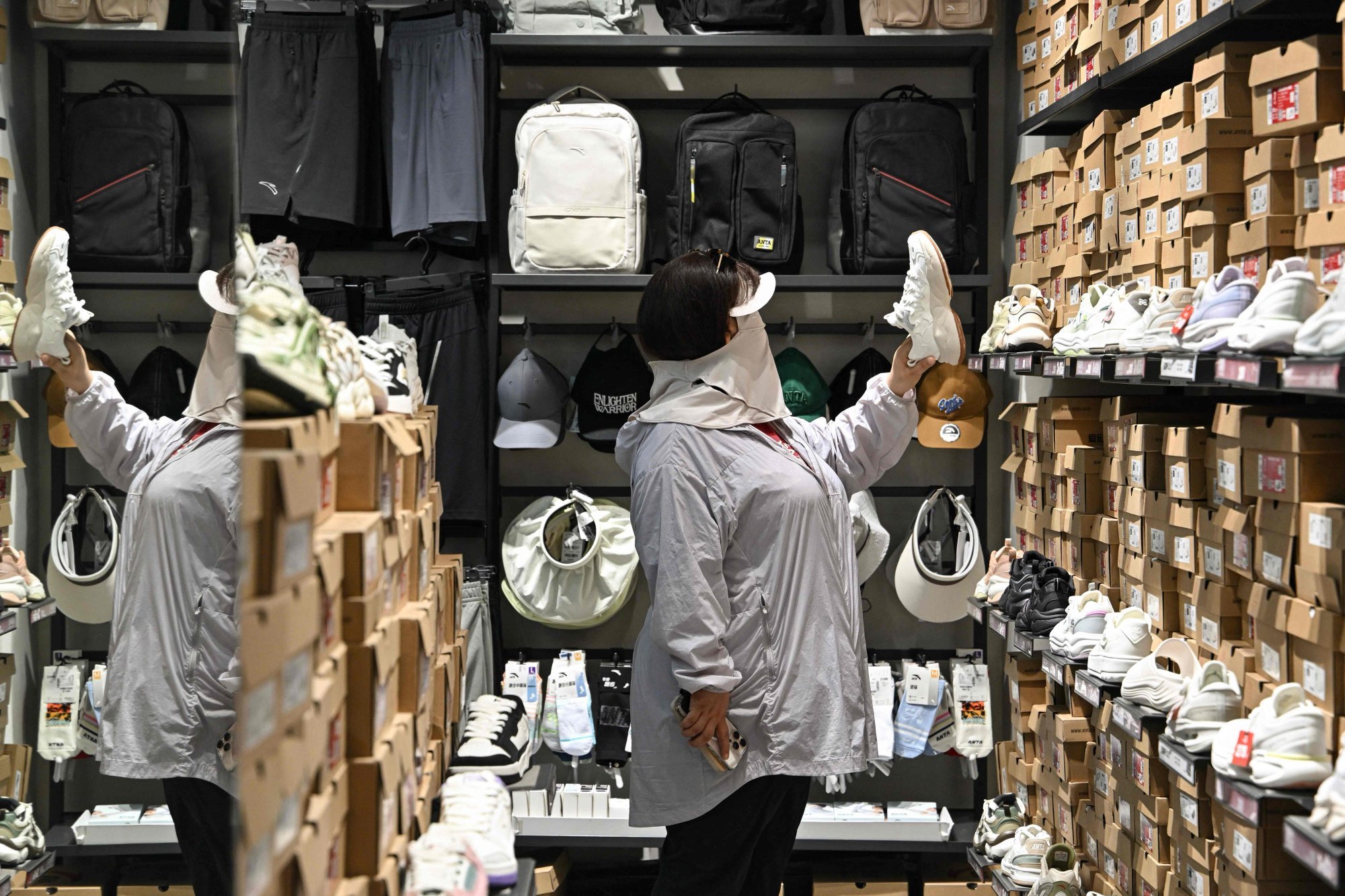A re-rating requires an improvement in profitability, which is difficult to come by in the weak economy, money manager says
Chinese equities are not as cheap as they seem because the nation’s economic slowdown has weakened corporate earnings, making it imperative for investors to screen stocks and sectors carefully to pick winners, according to JPMorgan Asset Management.
While they traded at 14 times historic earnings in line with the average valuation over the past decade, investors were getting less oomph from the current scenario because the return on equity was faltering due to weaker profitability trend, said Mark Davids, co-head of Asia-Pacific equities.
“It’s very difficult to argue that Chinese equities are particularly cheap,” he said in an interview on Friday. “You could argue that the average of the past 10 years should not be reflective of where the market should trade as fair value. For there to be a re-rating, you need an improvement in the profitability of Chinese companies and that’s difficult to come by if the economy is very weak.”
Do you have questions about the biggest topics and trends from around the world? Get the answers with
SCMP Knowledge
, our new platform of curated content with explainers, FAQs, analyses and infographics brought to you by our award-winning team.
Chinese stocks under the US money manager’s coverage have an aggregate annual expected return of about 10 per cent, which is not as compelling as the historic average of around 20 per cent, or the superior returns offered by companies in South Korea, he added.
The appeal may not be that great now since Chinese stocks have rallied this year. The MSCI China Index, the broadest measure tracking more than 700 Chinese companies listed at home and abroad, has returned 14.7 per cent, according to Bloomberg data, while the S&P 500 has gained 2 per cent over the same period.
Global investors remained underweight on Chinese stocks, Morgan Stanley said in a report over the weekend. Their allocation was about 26.6 per cent, versus the 29 per cent weight of Chinese stocks in the MSCI Emerging Market Index, the widest gap on record, the US investment bank said.
Davids co-manages the US$490 million JPMorgan Asia Growth Fund and the US$1.56 billion Asia Equity Fund.
The growth fund fell 1.2 per cent this year up to April 30, according to its factsheet. It gained 7.1 per cent in 2024 and 79 per cent since its inception in May 2007. The fund had 33.1 per cent of its cash in China, 20.5 per cent in India and 18.2 per cent in Taiwan, its top three markets.

The equity fund rose 2.9 per cent, on top of a 7.9 per cent gain in 2024, taking its cumulative gain to 180.6 per cent since its inception in September 2009. It had 29.5 per cent of its cash in China, 18.6 per cent in India and 15 to 16 per cent each in Australia and Taiwan.
“China’s market size means that you will always find enough really interesting companies where you will make money,” Davids said. Looking at the market as a whole, investors want to see the economy and consumer confidence pick up, as well as the enormous household savings pool to be deployed into consumption and investment, he added.
Mainland Chinese households were sitting on US$22 trillion in cash; about a third of which could flow into global stock markets, HSBC estimated. Some US$100 billion could be deployed into Hong Kong-listed stocks, it added, based on the rate of purchases through the Stock Connect scheme this year.
To be sure, Chinese stocks have regained global attention since September when Beijing introduced a series of policy measures to support the economy. The interest was amplified by the weaker US dollar, which led to portfolio rebalancing efforts, according to Davids.
China offered “excellent” opportunities in the electric vehicle (EV), battery, consumer and artificial intelligence sectors, though investors should be mindful of the excess supply and weak profitability issues, Davids said. In the EV sector, for example, the top 20 carmakers accounted for 84 per cent of the market, he added.
“The challenge is who is going to be making money at the end of the day,” he said. “Because the competitive intensity is so high, they’re having to cut prices to keep their market share”, which means prioritising market share ahead of maximising profit, he added.
Davids noted this was not a problem unique to China. Asian tech stocks in 2007 had a return on equity of about 15 per cent, marginally higher than the 14 per cent today, while growth by their peers in the US accelerated to 30 per cent from 19 per cent during the same period, he said.
More Articles from SCMP
Study shows how robots replaced master workers in Chinese military drone factory
Tariff war ‘not the end of the world’ for Hong Kong companies: trade council chief
China turns to robots for elderly care with national pilot programme
NBA star Victor Wembanyama joins Shaolin Temple, Game of Death, Airbender memes follow
This article originally appeared on the South China Morning Post (www.scmp.com), the leading news media reporting on China and Asia.
Copyright (c) 2025. South China Morning Post Publishers Ltd. All rights reserved.











